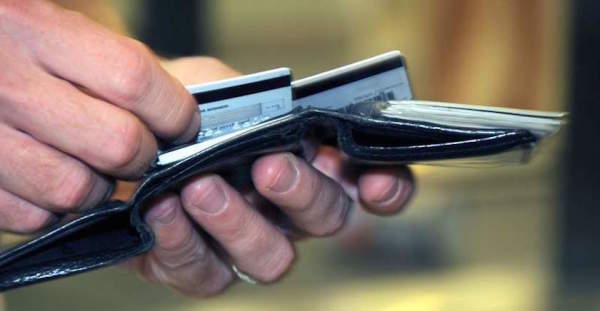

Every year, U.S. military installations provide a dizzying array of classes, events, and projects during a period called “Military Saves Week” to help service members and their families learn how to manage their personal finances and attain long-term financial readiness.
This year, Military Saves Week kicks off on Feb. 22. It is a wonderful concept, and we are proud to be an official partner and supporter of the campaign.
But we know that true financial readiness is not created and sustained by one week of intense concentration. Rather, it requires a year-round commitment to create good habits and make smart spending and savings decisions.
Financial readiness directly impacts a military family’s strength by reducing stress and enabling service members to maintain mission readiness.
Related: Why service members should receive financial readiness training »
Based on our decades of experience providing financial education training and resources to the military community, here are five steps you can take to make every week a Military Saves Week, no matter if you are a service member, veteran, or family member.
1. Take the military saves pledge.
The pledge is simple: “I will help myself by saving money, reducing debt, and building wealth over time. I will help my family and my country by encouraging other Americans to Build Wealth, Not Debt.” Starting this year, if you take the pledge to be a Military Saver, you will have the option to sign up for text reminders to help you live up to your pledge throughout 2016.
2. Start learning.
Your personal finances can seem like an overwhelming challenge to tackle. There is a lot to contemplate — including spending plans, credit scores and debt management techniques — and no single process for making decisions. The key is to eat the elephant one bite at a time, establishing a foundation of personal finance knowledge before making any significant life changes or financial actions. One option to help guide your learning process is The USAA Educational Foundation’s free Command Your Cash Financial Readiness Guide, which will help you understand the basics of personal finance from setting financial goals and creating a budget to saving and investing.
3. Develop a plan.
There are many ways to live up to your pledge, but every pathway requires that you develop a plan as your first step toward financial readiness. Some people like to develop a detailed plan, while others can find motivation in laying out the big picture. Whatever your preferred approach, be sure to write your plan down to bring it to life instead of just keeping it as an idea in your head.
4. Implement your plan.
Positive intentions alone, uncoupled from action, will lead to a disappointing 2016 for your personal finances.Implementation is where the real change happens, so after you record your plan, you need to make sure you keep it front and center to increase your odds of success. Post it on your mirror, set reminders on your phone or calendar and otherwise do whatever works for you to keep the plan alive.
5. Keep learning.
Once you have your plan and understand all the basics, don’t stop learning. There are a lot of resources out there to help you understand the nuances of personal finance, from Mom and Dad to Google searches, to your personal financial institution. Find some trusted sources and never stop learning. The Military Saves and The USAA Educational Foundation websites are two great starting points to help you continue to build your financial knowledge and ensure that every week is a Military Saves Week.
